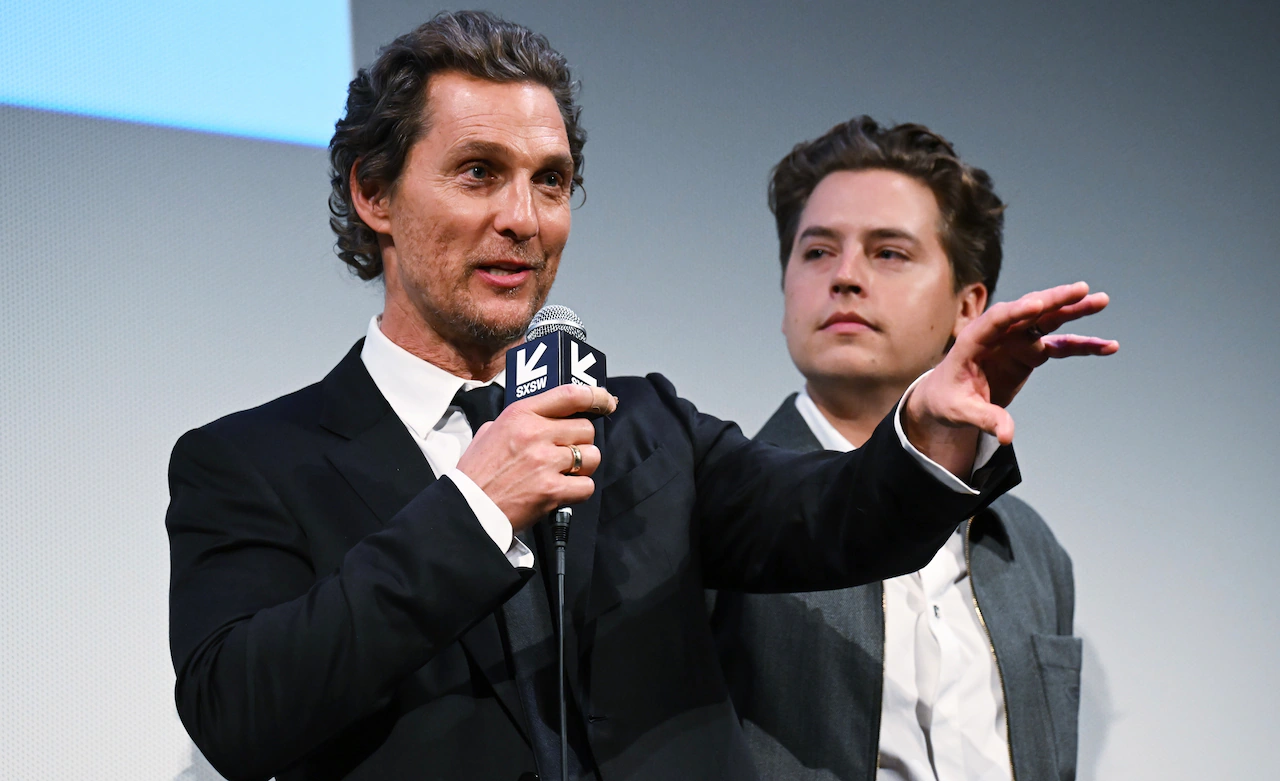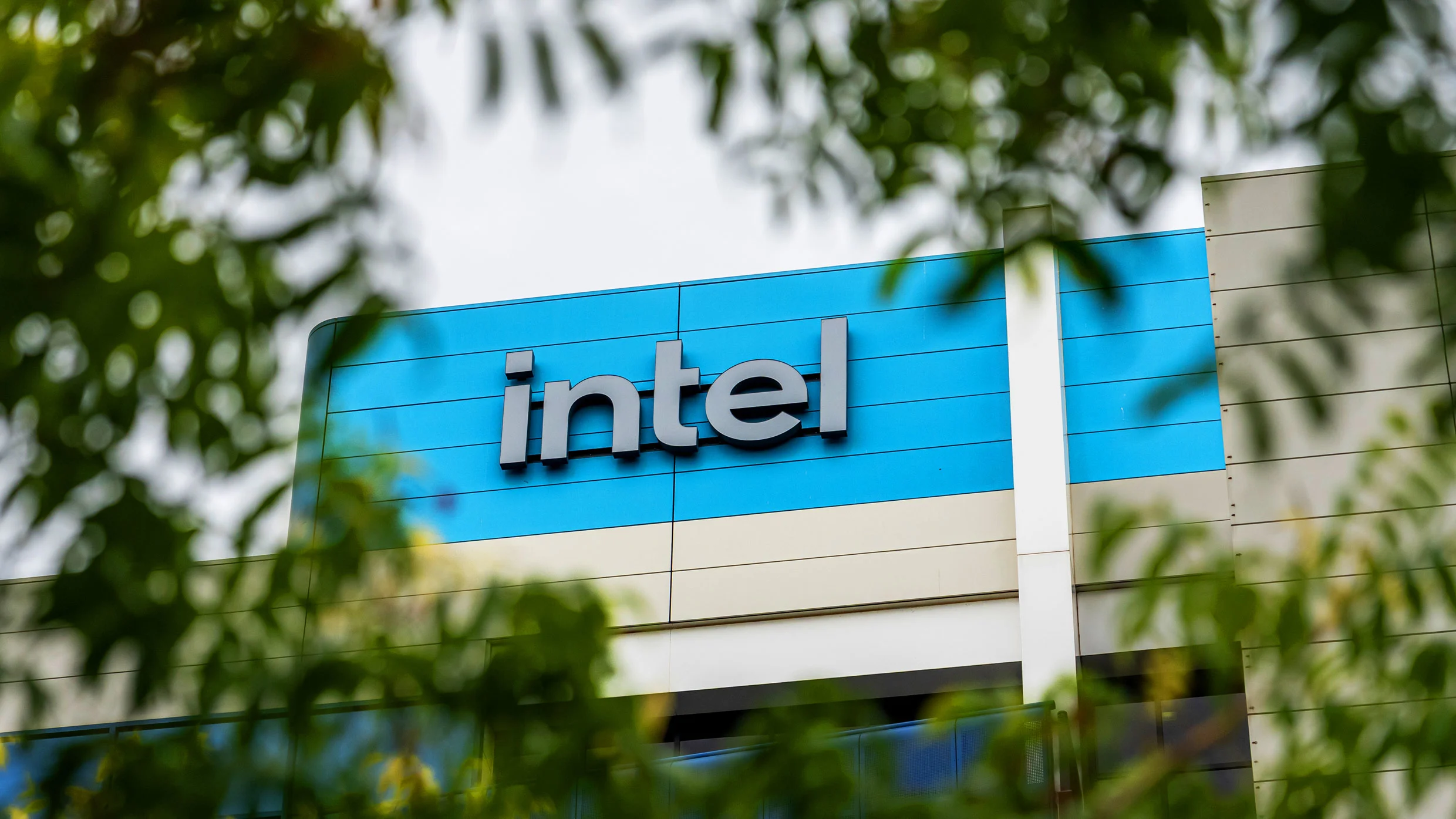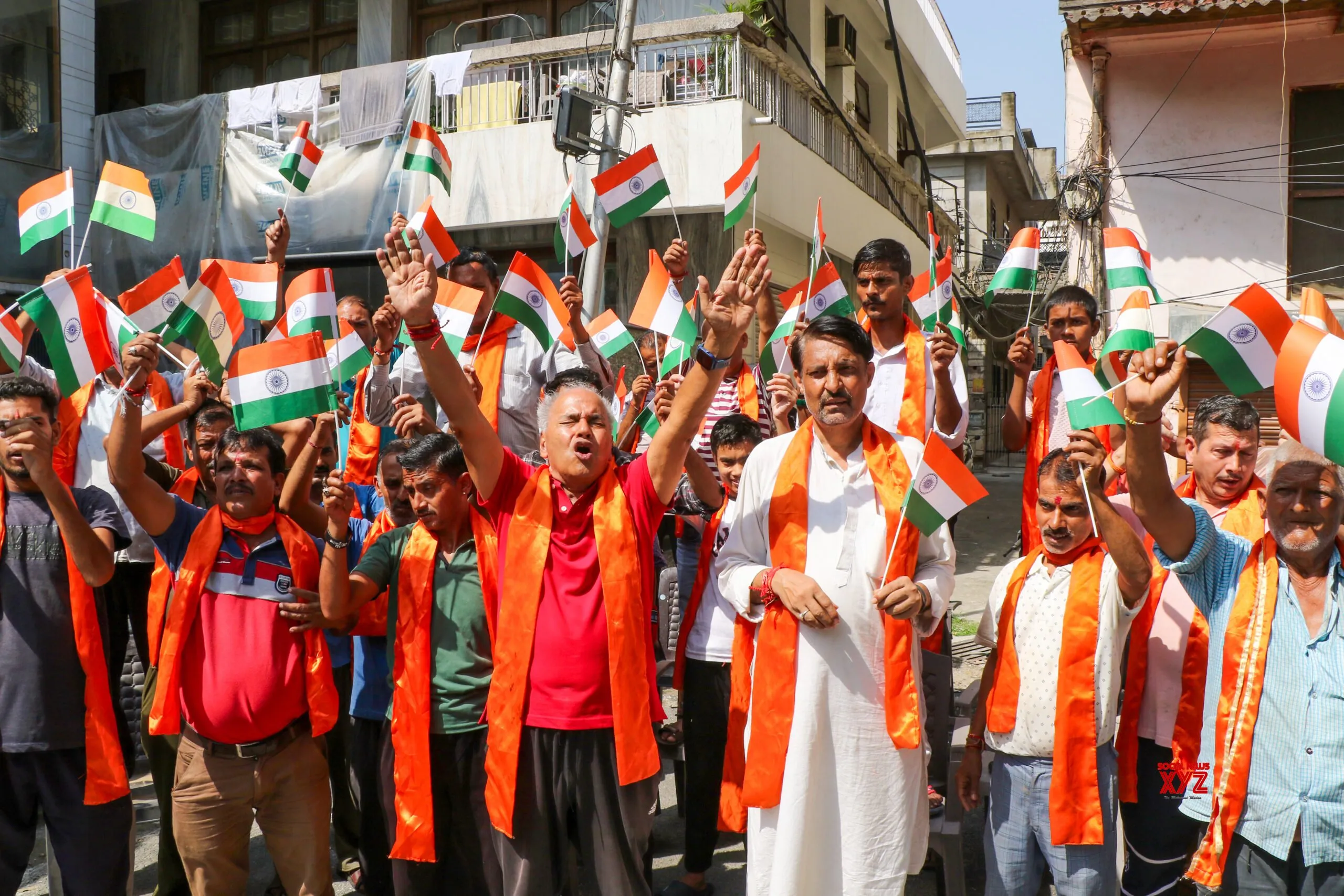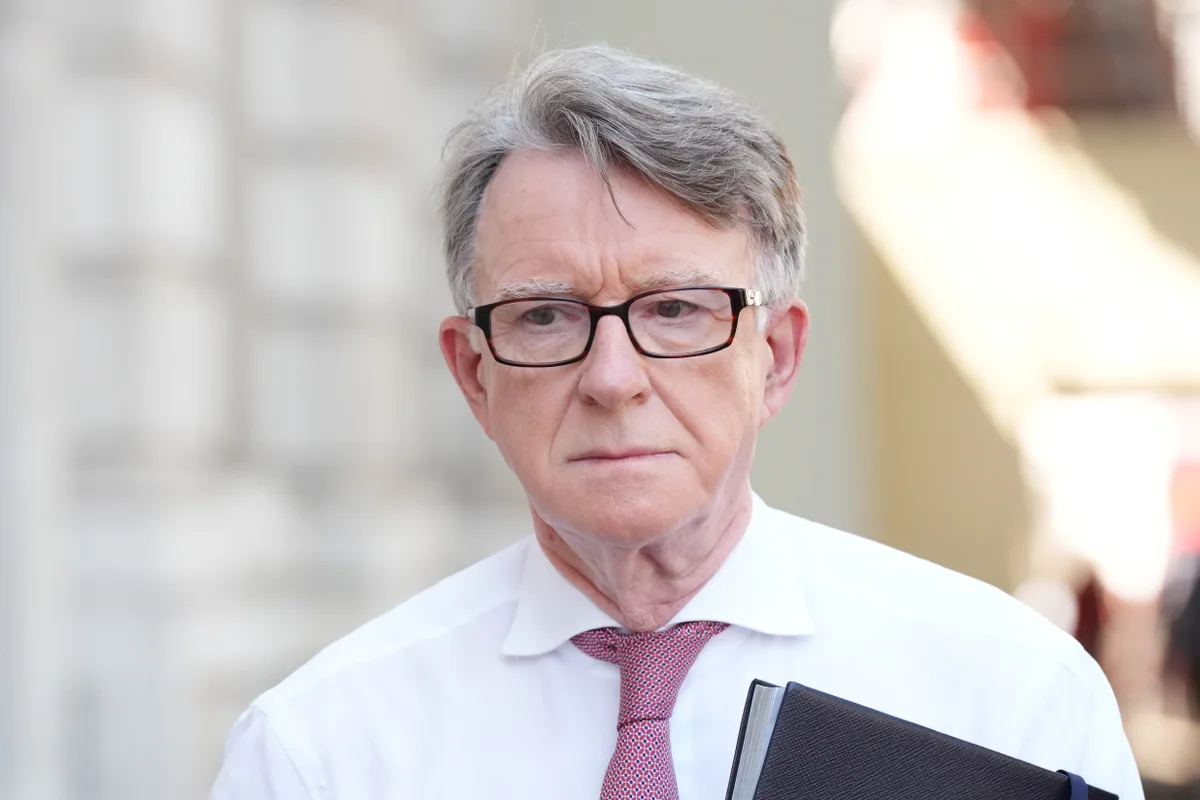By Sumbul Natalia
Copyright dawn
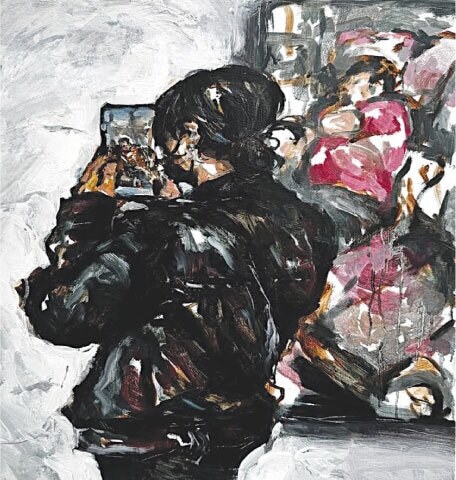
Walking into ‘feed(/)me’ at HAAM Gallery in Lahore felt like stepping into the strange loop between my own studio practice and my Instagram feed — a place where brushstrokes and reels, archival paper and hashtags coexisted and competed for attention.
As an artist living and working in Pakistan, I found the exhibition’s premise deeply resonant. Our consumption of art today is inseparable from the economies of attention dictated by social media. We scroll, we double-tap, we repost and, in that process, meaning is both amplified and flattened.
The show brought together a diverse range of practices, from painting, video, print and installation to performance — each of which engaged differently with the question of being “fed” (visually, algorithmically and culturally).
For instance, Hania Batool’s work stood out as a literal crossover between the gallery and Instagram, with her reel installation The hours between playing alongside her live performances. Watching it, I felt the uncanny simultaneity of experiencing art both in physical presence and as mediated by a screen, which mirrors the way I, like most people I know, first encounter new art through my phone before I ever step into a gallery.
A fascinatingly prescient exhibition in Lahore blurred the lines between art and our reliance on social media
Credit also goes to Ghazala Raees’s curatorial vision, which pulled these very different practices into one, coherent dialogue. Rather than treating social media as a distraction or a threat, the curatorial perspective positioned it as an unavoidable condition of contemporary art-making in Pakistan. The exhibition didn’t frame the ‘feed’ as a simple villain but as a complex ecosystem, one that creates opportunities, anxieties and contradictions for artists. This approach made the show feel less like a warning and more like a mirror, reflecting the ways we already live, scroll and create.
Mohsin Shafi’s Unfamous Pakistani Artists Association was sharp in its satire, holding up a mirror to the quiet desperation of many artists in Pakistan’s contemporary scene, caught between the grind of production and the politics of visibility. What struck me most, however, was Shafi’s decision to completely shift his work right before the opening. Instead of showing his originally intended piece from the catalogue, he responded to the devastating floods that have recently swept through Pakistan.
His installation became a raw and vulnerable archive of the emails he sent to the curator — apologising for pulling back from his initial idea, and expressing his grief for the countless lives and homes lost in the disaster, videos and images of which he kept seeing on his ‘feed’. It wasn’t just about art anymore, but about the impossibility of producing work in a moment of collective crisis.
Shafi’s contribution in the form of his installation, accompanied by a performance of his written words, reminded me that while the exhibition was about feeds and visibility, sometimes the most powerful statement is stepping away from spectacle to acknowledge real human loss.
Safwan Sabzwari’s Please Like Me — bricks inscribed with a plea we know too well — encapsulated the burden of social media validation culture. As I stood before them, I thought about how much of my own artistic labour is haunted by the same questions. Will it be liked? Will it travel? Will it be remembered beyond the scroll?
Some artists, such as Vania Mazhar, responded more playfully. Her works (The visitor has a painting in her phone I and II) poked fun at the gallery ritual of photographing artworks instead of looking at them. Others, such as Hoor Imad Sherpao, fused traditional mediums (wasli and gold) with digital reels, pointing to how heritage forms are now inseparably entangled with digital platforms.
Moving through the gallery, though, I did feel that the show sometimes risked reiterating the very dynamics it wanted to critique. At times, I felt like the exhibition was performing inside the very system it wanted to critique. The irony, the clever one-liners, the references, they all worked, but they also felt like content designed for the algorithm.
This made me wonder: are we actually stepping outside the loop here, or just finding smarter ways to stay inside it? That said, the strength of ‘feed(/)me’ lay in its multiplicity. It staged a space where painting, performance, satire and digital fragments could coexist, resonating the disjointed feeds we scroll through daily.
Walking out, I caught myself instinctively reaching for my phone to post stories about the exhibition — and that, in a way, was the perfect ending.
‘feed(/)me’ was exhibited at HAAM Gallery in Lahore from August 30-September 19, 2025
The writer is a Lahore-based visual artist, writer and researcher. She is a lecturer in the Visual Communication Design Department at the National College of Arts (NCA), Lahore and is a PhD scholar in Art and Design (studio practice) at Punjab University. She can be reached at sumbulnatalia@gmail.com
Published in Dawn, EOS, September 28th, 2025
